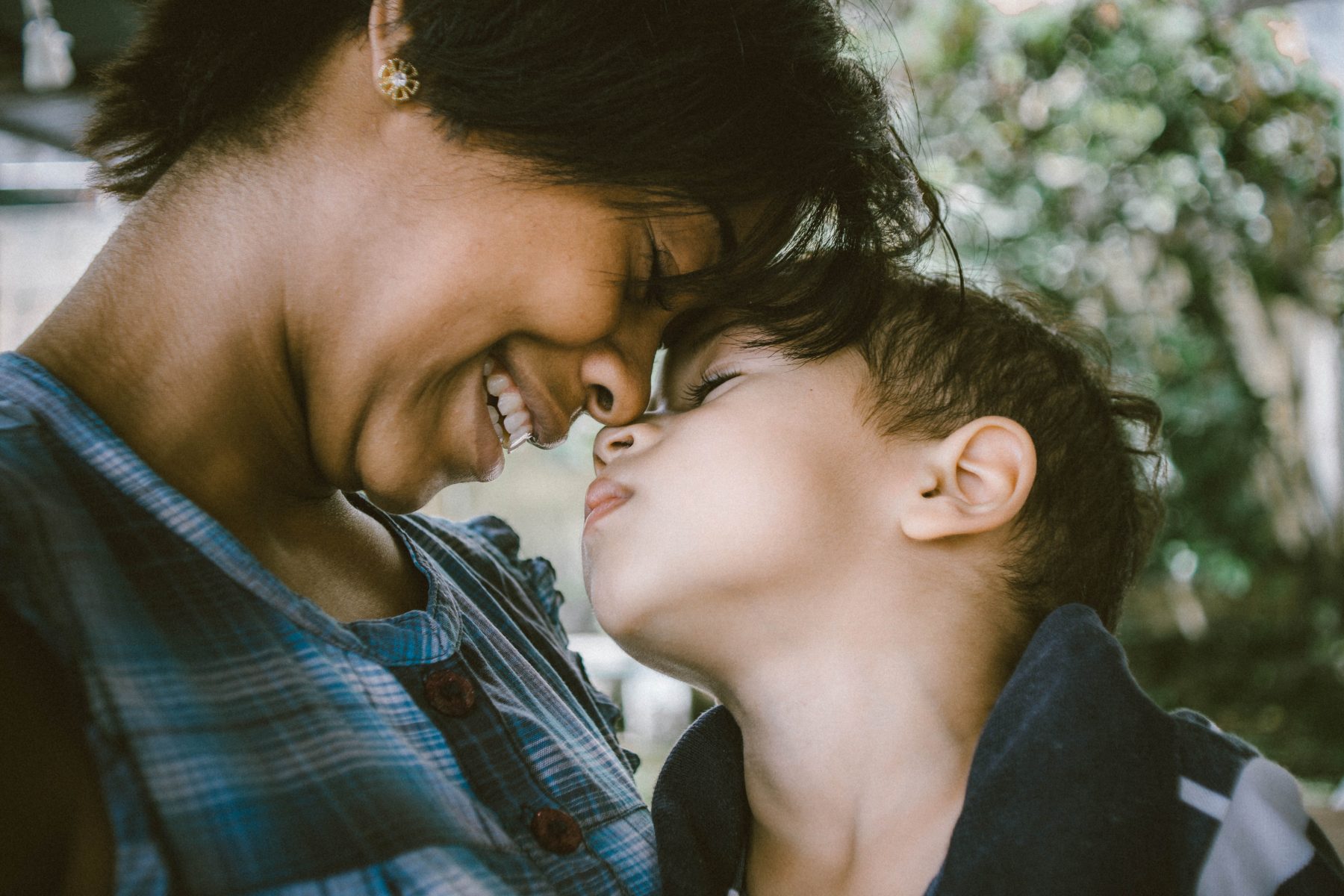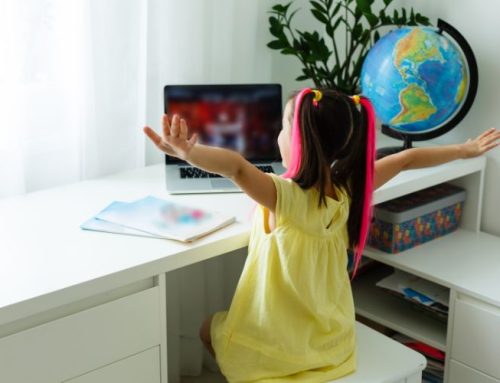At SelfDesign, we recognize that you, as a parent or guardian, know your child’s needs best and may have clear ideas as to the types of learning activities that would facilitate their growth and development.
You are a vital member of your child’s SelfDesign learning team.
Each member of your child’s learning team – the child, you, the learning consultant, learning specialists and any service and support providers you draw on – is there to facilitate and support the child’s explorations of who they are, what their interests are, and their day-to-day experience of learning. Being the parent or guardian of a SelfDesign learner requires time, involvement and commitment.
As with other members of the learning team, your main role is to support your child as they learn.
This includes, among other things, working with your child’s learning consultant and support providers to determine the child’s learning plan for the year and, if needed, their individual education plan. It involves observing, documenting and sharing your child’s learning on a weekly basis with the learning consultant. Through that experience, your shared input and observations help to further shape the learning path ahead and allow the learning consultant to assess learning.
To help ensure our learning program is clear for learners and families and to support learners’ and families’ full participation in SelfDesign, our work and learning together is guided by 18 program agreements. The agreements cover the three main areas of engagement between families and SelfDesign – the learning program itself; use of SelfDesign’s learning platform; and education and actions, including online orientation, participation, safety and support.
Read about SelfDesign’s program agreements>
Insights and advice from SelfDesign parents and guardians
We recently talked to a number of SelfDesign parents about how they view and approach their role of supporting their children’s learning. All have or have had children enrolled with SelfDesign for many years. Some are also SelfDesign learning consultants or contractors, bringing perspectives to their own role as parents or guardians that are informed by years of observing and learning from the families with whom they have worked.
We share some of their insights and advice here.
Keep the child at the centre of the learning
The key responsibility of a SelfDesign parent or guardian, says Todd, is “to really hold the learner at the centre of the learning. Keep the child as the focus of the learning. Follow their lead. Help them follow their interests and passions. In my own experience as a SelfDesign parent and in my experience working with learners, that can really lead to some amazing discoveries. If a learner is centred and encouraged and supported to do what they really are keen to do, it can lead to a pretty amazing result.”
Todd knows what he’s talking about. Each of his three children started with SelfDesign in kindergarten, with the eldest finishing grade 12 in 2021. Todd has also worked as a learning consultant with SelfDesign since 2008 and now leads SelfDesign’s Family Services team.
“Trust in the learner’s own natural potential to learn,” he says.
Cheryl is the parent of three SelfDesign learners. She says she considers her role to be about “letting the child choose and doing it in a targeted meaningful way in the hopes that the child never loses that natural curiosity that makes them natural learners.”
The idea that the child is the centre of their own learning – that they choose what to learn, how to learn it and when to learn it – has been central to SelfDesign’s unique approach to learning since the beginning.
“It comes back to that idea of looking at a child and who they are and what they need as the centre of the learning,” says SelfDesign Chief Learning Officer Nikki Kenyon, who has been a learning consultant since 2007 and whose own four children have been enrolled with SelfDesign Learning Community. “Every child is their own unique being, and how do we meet their needs? How do we support them? How do we encourage them? Everything we do at SelfDesign and as parents or guardians of learners enrolled with SelfDesign supports that.”
Learn more about our learner-centred approach to learning>
Trust the learner
When Sylvia chose SelfDesign for her three children, she had a good sense of the direction she wanted the family to go in. “But I wanted to leave it up to the children to figure out—in large measure, at least—how we were going to get there,” she says.
It comes down to trust, says Marianne, a SelfDesign contractor whose children have grown and thrived as SelfDesign learners.
“I’ve found it so important to just trust my children – trust that they know what is going to enliven their passion,” she says. “Because when they’re super-invested and really interested in what they’re doing, that’s when their brains switch on and that’s when all that information gets processed and stored. By allowing my kids to zoom in on what they’re really interested in, what lights them up, what makes them feel alive, learning follows naturally.”
Todd agrees. “Trusting in your child is key,” he says. “As is trusting that they’ll learn what they need to learn when they need it.”
Let your expectations go
Some parents and guardians have told us that when they enrolled their children with SelfDesign, they brought some very deep-seated beliefs about how school was supposed to work.
One parent says, “I was forced to become flexible in my beliefs. The girls wanted to tackle topics that I considered way beyond their grade levels. In the process, they showed me how old school my thinking was as they excelled in every topic they got to pick and the ones that came from the curriculum.”
“People get really stuck on this sense of responsibility that they have as parents,” Marianne says, noting that, as a SelfDesign contractor, she has come across many parents and guardians facing this challenge over the years. “It can feel really overwhelming to transition into home learning.”
Todd says that when his children first started in kindergarten with SelfDesign, he struggled with his own beliefs. Now he advises parents to “try to really focus not on what you think is best for your child but on being open to seeing what might be best for them.”
“At the core, it’s also about recognizing what your own beliefs are and why you hold them,” he says. “Really reflect on whether the way that you want things to be is really ideal for your child. And then find a way to reconcile that and let go of your beliefs and preconceptions and control.”
Work with your child’s learning consultant
Your child’s learning consultant is there to support you and your child on the child’s learning journey, and SelfDesign parent Cheryl advises parents and guardians of SelfDesign learners to draw on these BC certified educators’ experience and expertise.
“SelfDesign’s educators work together with the families to find out what the child’s passions are,” she says, likening her relationship with her children’s learning consultant to that of a mentee to a mentor. “They see the parent as the expert – as the person who knows the child best – and they seek to support the personalized goals created together with the family.”
Ursa, a parent with one child enrolled in SelfDesign, says she found her daughter’s learning consultant to be very supportive.
“I really appreciate the relationship that’s built with the learning consultant over the years,” she says. “She has been an invaluable go-to resource for me.”
Working with the learning consultant is a key responsibility for SelfDesign parents and guardians, as set out among SelfDesign’s 18 program agreements. The child’s learning plan, individual education plan (if needed), learning resources, and assessments of learning all develop out of conversations that take place between learners, their parents or guardians, and the learning consultant.
The weekly conversations about learning that has taken place over the previous days, part of the process we call Observing for Learning, are a vital point of communication between the parent or guardian (and in older grades between the child themself) and the child’s learning consultant. They are also a critical piece of SelfDesign’s approach to learning. Observing for Learning can also be really rewarding for parents and guardians, and, Todd says, is wonderful for the learners.
“Observing for Learning is that reflective process of observing your child and watching what they do as they live and learn,” he says. “You’re watching their successes and how they manage those, their mistakes and how they learn from those, the laughter, the sadness — everything is a learning experience. It’s not just learning from instruction. It’s about interaction in every moment. Watch them. Understand them. Really watch how they make their connections and how they learn to learn. Recognize that everything is learning.”
“Essentially I get to journal about what my children are learning,” Cheryl says of the process, “and I get to share it with our educator. And she reflects back to me the things I don’t see about the learning that’s taking place in the everyday things. It reignites this spark inside me to see it for myself.”
Learn more about Observing for Learning in SelfDesign Learning Community>
Keep the end goal in mind
The relationship between learners and parents is fundamental to the SelfDesign learning journey. It, combined with the relationship with the learner’s SelfDesign educator, is essential to helping ensure a child’s SelfDesign experience is successful.
When learners feel safe and secure in their relationships with family, with their learning consultants, and with all the other people in their lives, learning happens more easily.
Fostering those supportive, mutually respectful relationships not only furthers learning, but it can lead to positive family dynamics.
“I want to have a good lifelong relationship with my kids,” Michael says. “And if I want that, then I have to behave like this is something valuable and not just something fleeting and transitional. If that’s my goal, I’m going to make decisions differently than if my goal were simply to get them out of the house or to get them to graduate.”
That long view, he says, is one approach a parent or guardian can take to supporting their child’s learning.
A SelfDesign Path
To better support parents and guardians in supporting their children’s learning journeys, we invite them to participate in a special offering unique to our learning community – A SelfDesign Path. This interactive, online course explores the heart of SelfDesign philosophy and helps parents and guardians connect on a deeper level with their child.
Read more about A SelfDesign Path>
Learn more about our learner-centred approach to learning>
Learn more about Observing for Learning in SelfDesign Learning Community>







